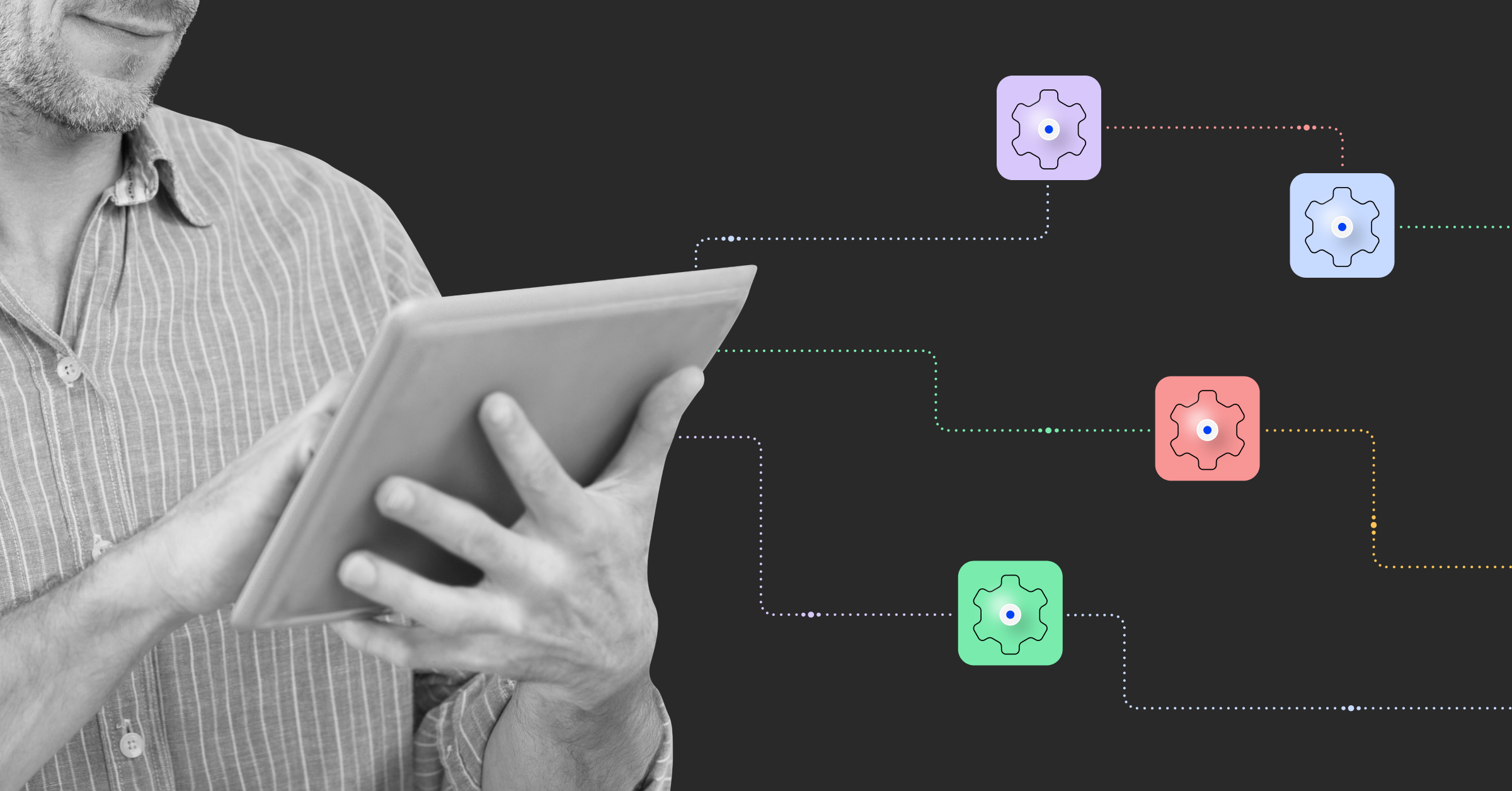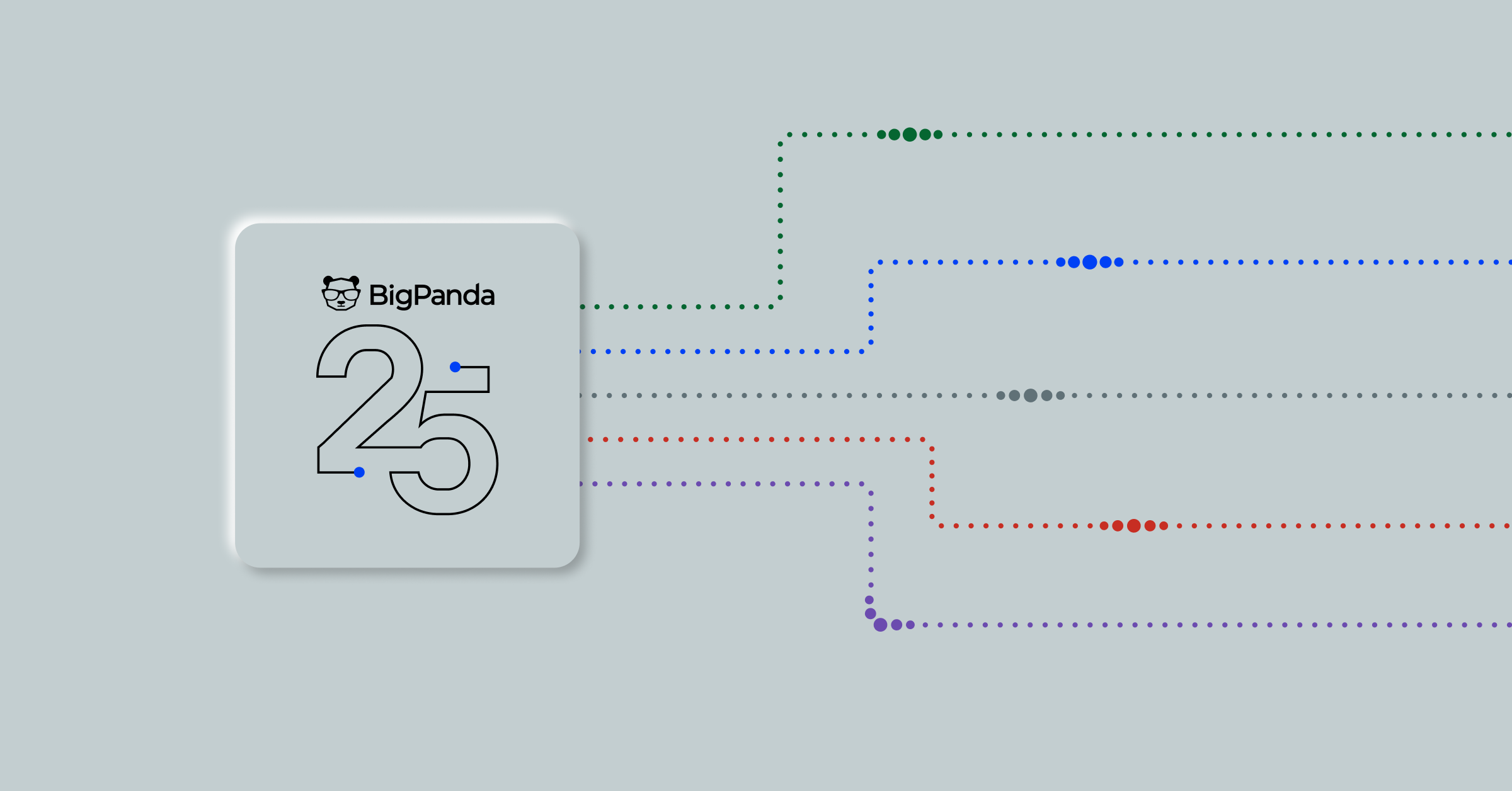What is tool consolidation? How can AIOps optimize it?

Tool consolidation is the process of analyzing which IT observability and monitoring tools to use, which to add, and which to retire. By carefully determining the usage and value of your current observability stack, your ITOps teams can consolidate redundant tools and those providing little value to reduce your operational costs.
While the benefits of tool consolidation are clear, doing so is anything but. So, let’s explore how to analyze your current monitoring and observability stack, determine which tools are actually delivering value, and how deploying AIOps can tame tool sprawl. Read on to learn:
- What are the challenges of tool consolidation?
- Debating whether to add or reduce your tool stack? It’s time to reimagine it.
- How AIOps supports tool consolidation
What are the challenges of tool consolidation?
IT teams often buy new tools to meet the specific needs and desired features for their engineering teams, network administrators, and others. When companies merge or get acquired, they end up with many overlapping observability tools and legacy tools. It’s tough knowing which tools to use when users and departments have their own preferences.
Having a high number of observability tools is known as ‘tool sprawl’. On average, organizations using BigPanda are juggling data from about 20 different observability solutions. Managing this sprawl is a constant struggle and leads to a number of challenges, including:
- Observability tools make a lot of noise: You may have tools that create thousands of alerts, but only a small percentage create alerts worth your attention. On a day-to-day basis, the volume of alerts your NOC and ITOps receives is so large that separating important, actionable alerts from event noise is virtually impossible.
- Observability data is complex and siloed: Observability tools create thousands of rows of data daily, with varying formats and schemas. Duplicate data from different tools adds complexity to incident response. Combining this data for a unified view requires resources and data engineering.
- Determining tool value across your stack is complex: Nothing is actionable when you’re swimming in too much alert noise. The accumulation of tools creates a battle to simplify the stack for greater resource efficiency. But without data and analytics to understand which tools are making an impact, it can be difficult to know where to invest further and where to reduce. Tool usage isn’t enough of a metric to determine which tool to cut and which to keep.
Debating whether to add or reduce your tool stack? It’s time to reimagine it.
IT leaders often face a dilemma: should they consolidate tools to cut costs and simplify operations, or should they keep adding new tools to drive innovation? This makes tool consolidation a tricky balance for IT leaders to maintain.
Consolidating these tools requires time and effort from various teams within the organization, as each team has its own needs and preferences for tools that specialize for certain tasks. This process will involve technical teams, procurement experts, business analysts, and others as you assess the value each tool brings to your operations.
The answer ultimately lies in reimagining how we think about observability: first, use AIOps to gain visibility into your entire stack and figure out what makes up your stack. Then it’s much easier to identify any gaps and opportunities for tool rationalization.
How AIOps supports tool consolidation
91% of organizations report challenges when deploying observability solutions, according to the Enterprise Strategy Group. However, it doesn’t have to be challenging if you’re using AIOps to optimize your monitoring tools. Rather than working tirelessly to achieve the ideal monitoring state, AIOps helps you accomplish these improved monitoring outcomes through deploying AI, ML, and automation.
AIOps can help you with your observability tool rationalization by:
- Conducting alert analysis: Identifying the volume and quality of alert data is crucial in assessing how different teams and tools are performing, ensuring that alerts are both actionable and relevant across your organization.
- Creating actionable observability: Understanding how NOC or SRE teams respond to observability alerts is key to finding ways to enhance the value of this data, such as through enrichment, to make alerts more informative and actionable.
- Delivering impact assessments: Gaining insights into how observability affects incident response helps identify gaps or redundancies in the process, providing a clearer understanding of the operational impact and areas for improvement.
- Offering guidance for improvement: This approach directs you towards enhancing your tools and provides a framework to measure the effectiveness of these changes, ensuring continuous improvement in your IT operations.
Optimize and consolidate your observability toolbox with BigPanda
We know that consolidating your tools takes time. BigPanda AIOps is here to simplify that process by organizing siloed data from your observability tools into one clear, unified source. This helps reveal useful insights you might not have noticed before. Just take it from our customer InterContinental Hotels Group (IHG), who gained critical visibility into their observability stack with BigPanda, resulting in greater availability of key applications, less IT complexity, and reduced costs.
By breaking down the barriers between your data sources using AI, ML, and automation with BigPanda, you’ll gain a better understanding of each tool’s value, leading to informed discussions and decisions about which tools are truly worth it for your organization.
To learn more about how BigPanda can help you in your rationalization process, get your personalized demo.




